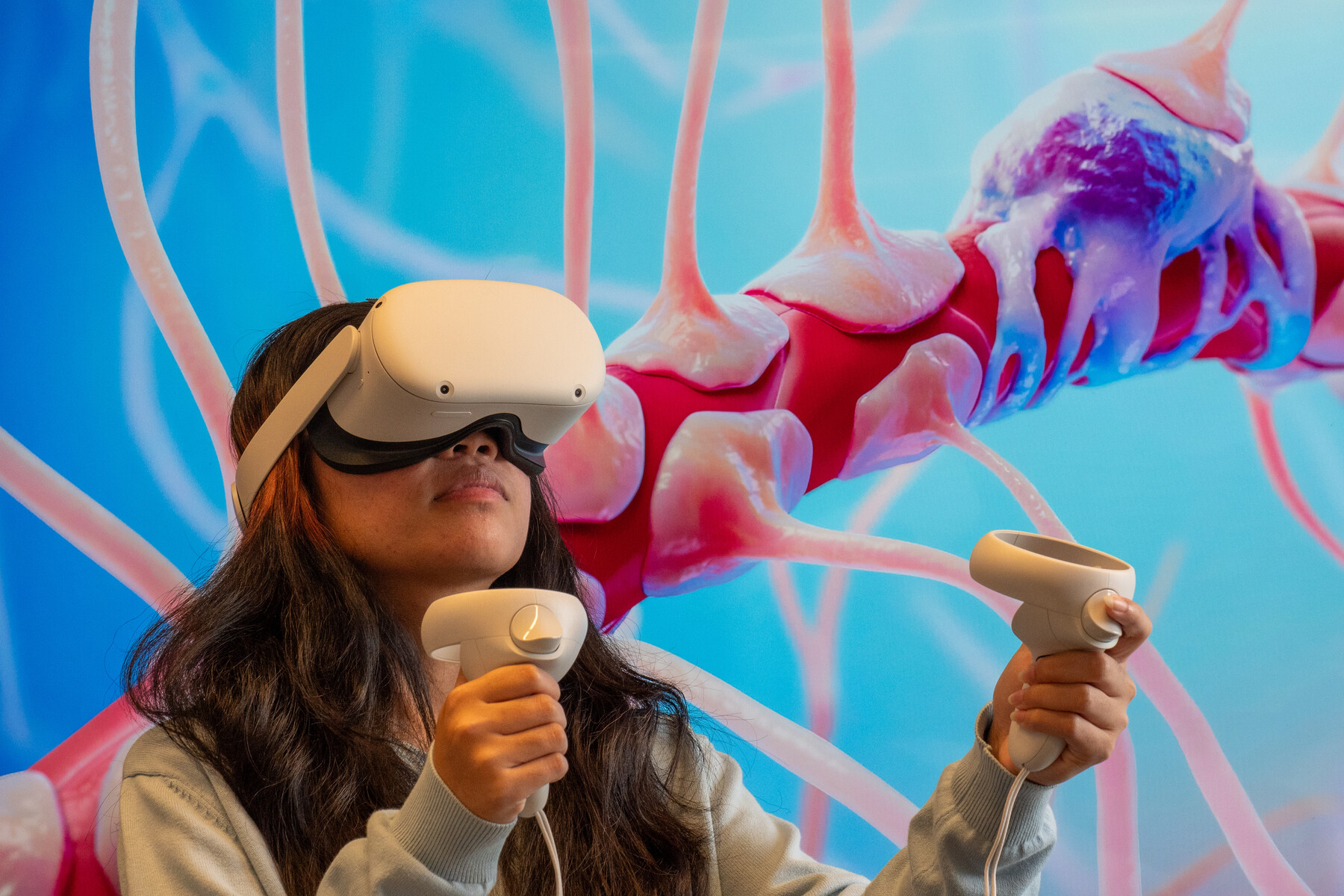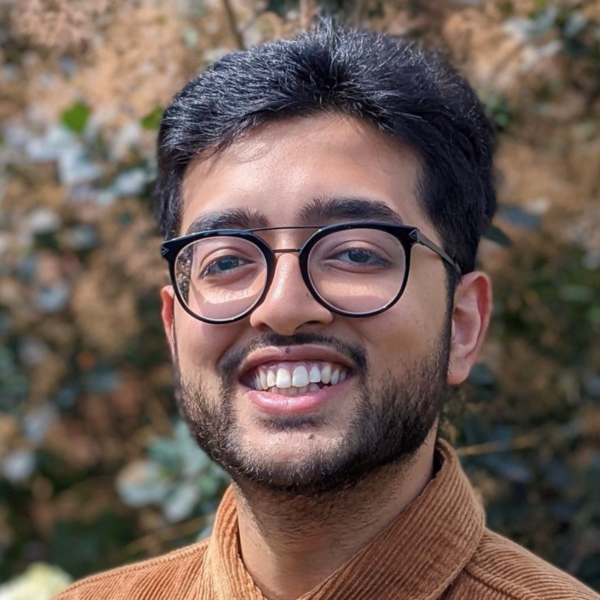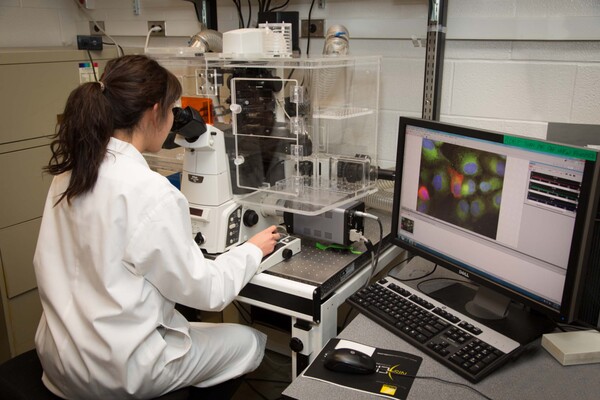
Biomedical Communications
MScBMC
Our Program
Clear and compelling illustrations, animations, and simulations are vital to discovery and communication in science, medicine, and health. As a cohort-based program, students in the professional Master of Science in Biomedical Communications (MScBMC) program engage in the creation and evaluation of a range of visual tools, including medical illustration, media and user experience design, animation, and virtual simulations.
The MScBMC program is unique in Canada and one of five accredited Master’s level medical visualization programs in the world. The program’s state-of-the-art facilities are principally based on the University of Toronto Mississauga campus.
Compulsory Courses

- MSC 1001Y (Human Anatomy, 1.0 FCE)
- MSC 2001Y (Visual Representation of Medical Knowledge, 1.0 FCE)
- MSC 2003Y (Biomedical Communications Technology, 0.5 FCE)
- MSC 2004H (Research Methods, 0.5 FCE)
- MSC 2009H (Ethics and Professionalism in Biomedical Communications, 0.5 FCE)
- MSC 2020H (Visual Representation of Biomolecular Structure & Function, 0.5 FCE) and
- MSC 2023H (Information Visualization, 0.5 FCE).

Electives
In addition to the courses above, students are required to take 4 electives toward completion of a capstone project:
- MSC 2015H (Cinematic Design and Preproduction, 0.5 FCE)
- MSC 2017H (Visualization Technology, 0.5 FCE)
- MSC 2006H (Advanced Media Design Technologies, 0.5 FCE)
- MSC 2008H (Community-Centred Design, 0.5 FCE
- MSC 2011H (Special Topics in Biomedical Communications, 0.5 FCE)
- MSC 2022H (Graphic Medicine Seminar, 0.5 FCE)
- MSC 2013Y (Masters Research Evaluation Paper, 1.0 FCE) and
- Any other appropriate graduate course(s).
Successful students typically complete this program within 2 years.
Alumni Profile

Shehryar Saharan, MScBMC
My name is Shehryar (Shay) Saharan and I am proud to be a recent graduate of the Master of Science in Biomedical Communication (MScBMC) program at the University of Toronto. Throughout my graduate studies, I had the opportunity to refine my skills in visual media, design, and storytelling, which led me to establish an award-winning scientific visualization and design studio, ss design studio Inc. Since graduating, I have had the privilege of collaborating with renowned organizations such as Digizyme, Boston Scientific, and Switch Health to communicate complex science in a compelling and accessible manner. In addition to my entrepreneurial ventures, I hold a contractually limited term appointment as assistant professor in the MScBMC program, and I have embarked on a PhD journey to further research in scientific visualization as applied to engineering education.
For prospective students who possess a keen interest in the convergence of science, design, and visual art, I wholeheartedly endorse the MScBMC program. Although it demands a high level of dedication, commitment and initiative, the rewards are immeasurable. The program boasts an exceptional faculty who not only serve as remarkable mentors, but who also guide students to delve deep into their skills, fostering exploration and mastery. Through this program, aspiring biomedical communication specialists are equipped with the necessary tools to excel in their future roles, all while cultivating a sense of passion and purpose for their craft.
Potential Career Paths
Sample Jobs
Our MScBMC graduates take on diveres leadership roles in industry, including:
- Animators in the pharmaceutical and biotechnology industries
- Lead illustrators in textbook and journal prepess companies
- User experience designers in mobile health application development
- Communications specialists for non-profit health organzations
- Developers in the educational gaming industry
- Creative directors in medical advertising
- Creators of medical demonstrative evidence for the courtroom
- Hospital-based designers of educational health communication materials
- Researchers and educators in higher education.

By the Numbers
Institue of Medical Science
*Full course equivalent. A typical 0.5 FCE is over one term (13 weeks), meeting 1-2 times per week. A typical 1.0 FCE is over two terms (26 weeks), meeting 1-2 times per week.
